Unlocking Earth's Potential for Geologic Hydrogen
The potential for global natural hydrogen production from the serpentinization of iron-rich ultramafic rocks is of the order of 1010 moles. With support from ARPA-E the project team seeks to enhance, control, and sustain subsurface hydrogen production reactions from ultramafic and other hydrogen-generating rock formations by developing chemical, biological, and physical stimulation approaches in the Earth’s subsurface. We are working to characterize the change of rock properties before and after stimulation experiments, develop Ni-based, less expensive catalysts, and improve the effectiveness of biological stimulation approach to enhance hydrogen generation rate for different iron-rich rocks. The synergy of the combined chemo-bio-physical stimulation will be used for lab-scale modeling and reservoir-scale assessment of the potential of stimulated hydrogen production.
In this presentation we consider the effectiveness of hydraulic fracturing to promote serpentinization between ultramafic rocks and water and stimulate hydrogen production. We evaluate the effectiveness of fracturing for ultramafic rocks and the resulting increase of the reactive surface areas. With the total number of fractures generated by hydraulic fracturing along a horizontal well of known well length and wellbore radius, we estimate the total amount of enhanced hydrogen that might be produced. This calculation provides a better understanding of the potential for geologic hydrogen production through fracturing techniques. It also provides important input for reliable techno-economic assessment (TEA) and life cycle analysis (LCA). The success of the stimulated approaches for geologic hydrogen production could potentially unleash a new, cheaper, and environmentally friendly energy carrier to meet future energy demands.

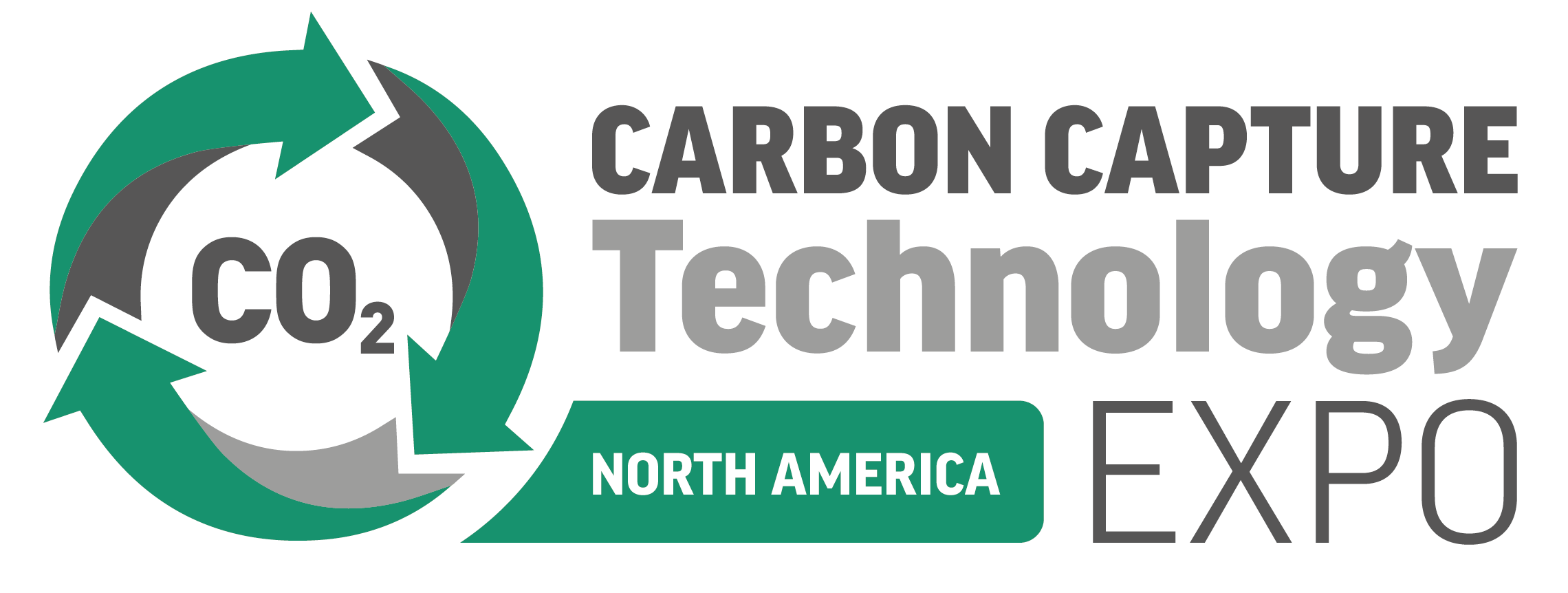
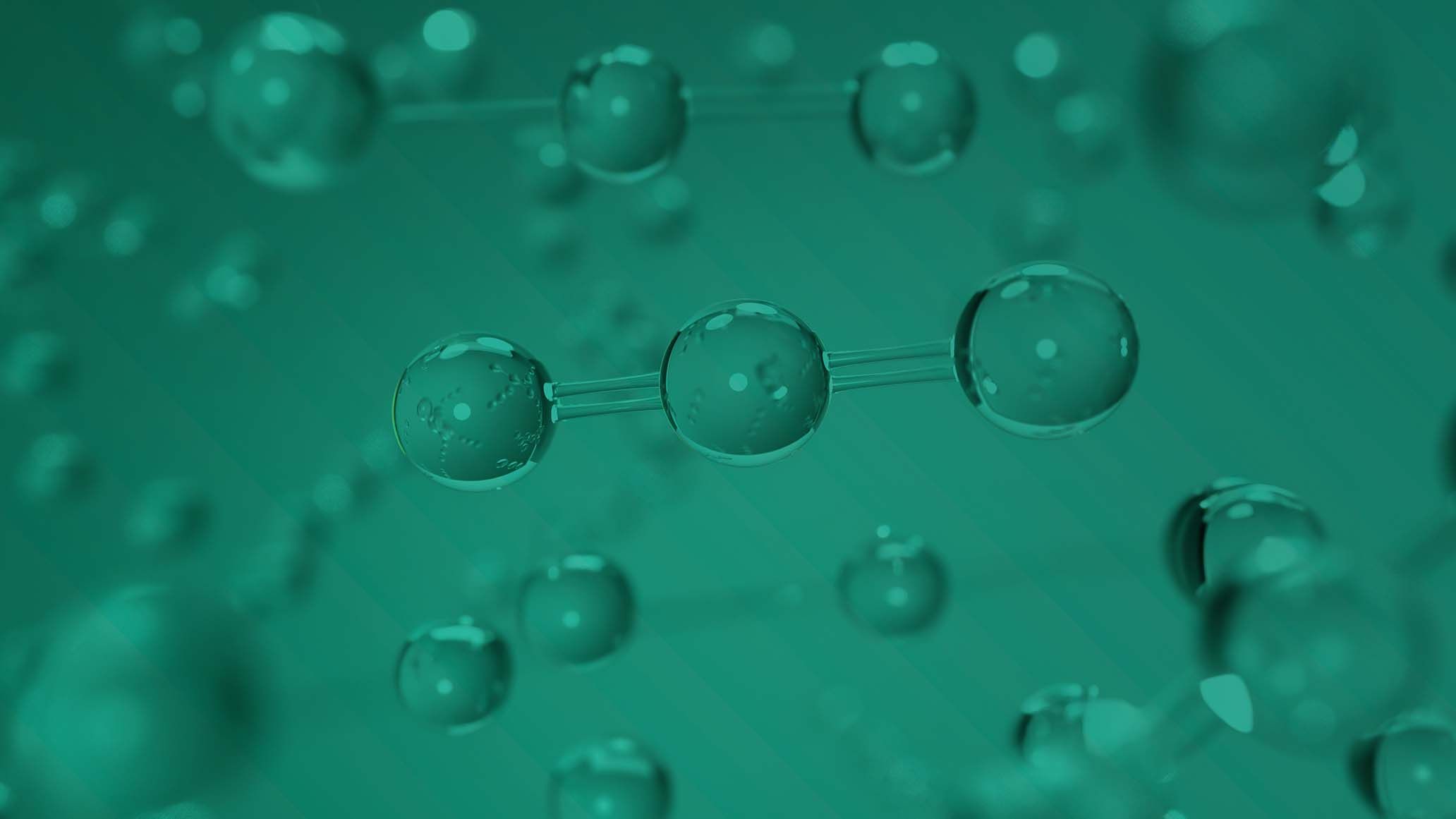

)
)
)
)
)
)
)



)
)
)
)
)
)
)
)
)
)
)
)
)
)
)
)
)
)
)
)
)
)
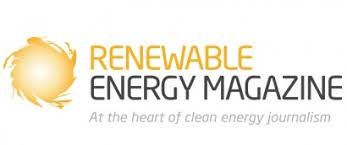
)

)
)
)

)
)
)
)
)
)
)
)
)
)
)

)

)
)
)
)
)
)
)
)
)
)


)
)
)
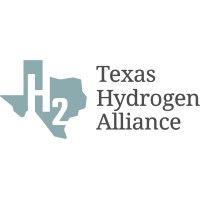
)
)
)
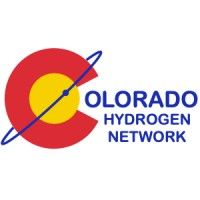
)
)
)
)
)
